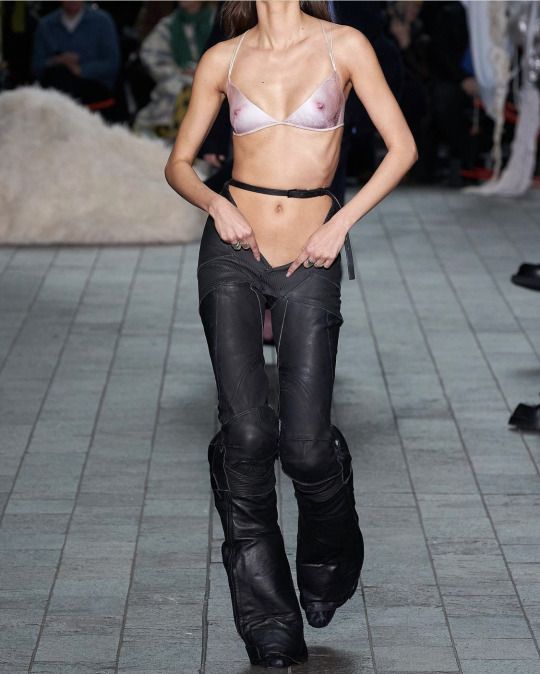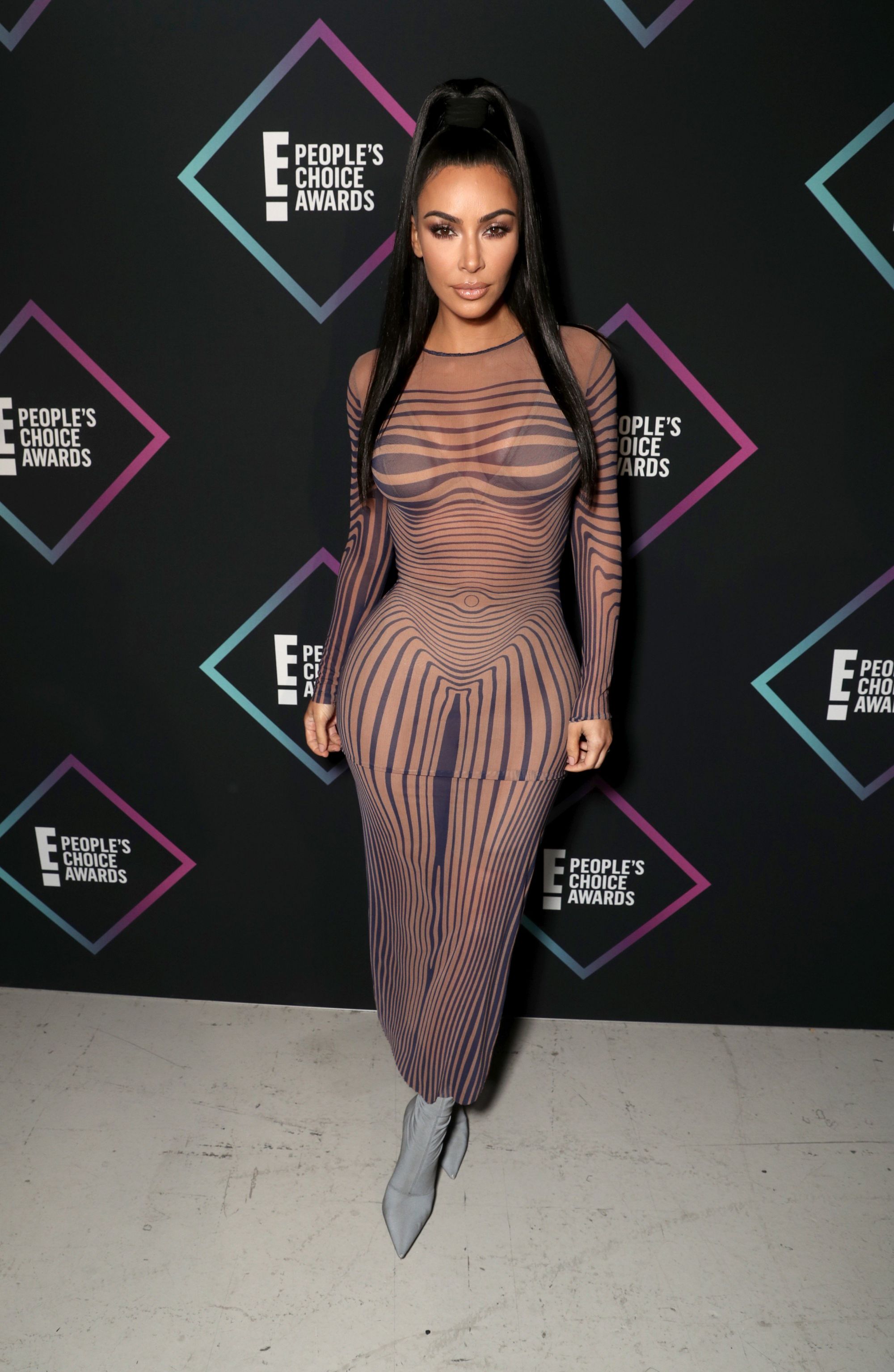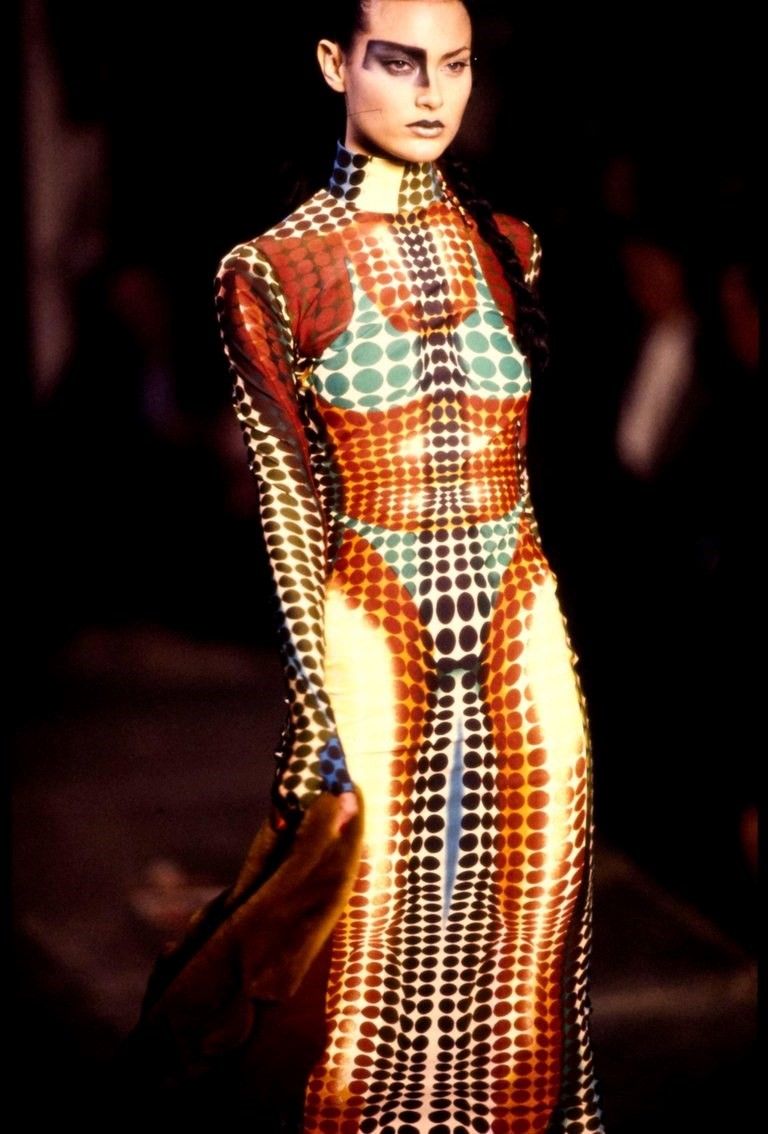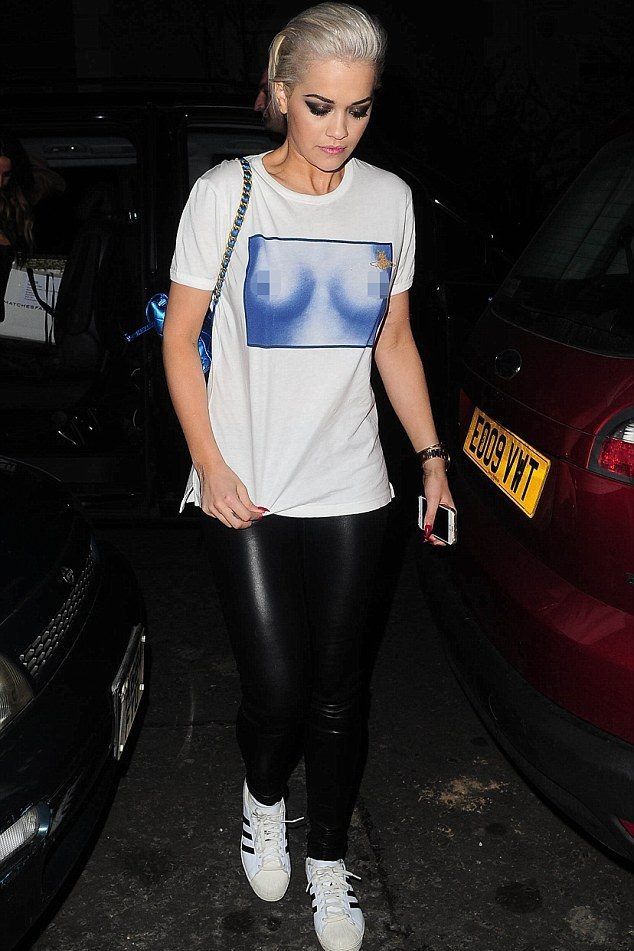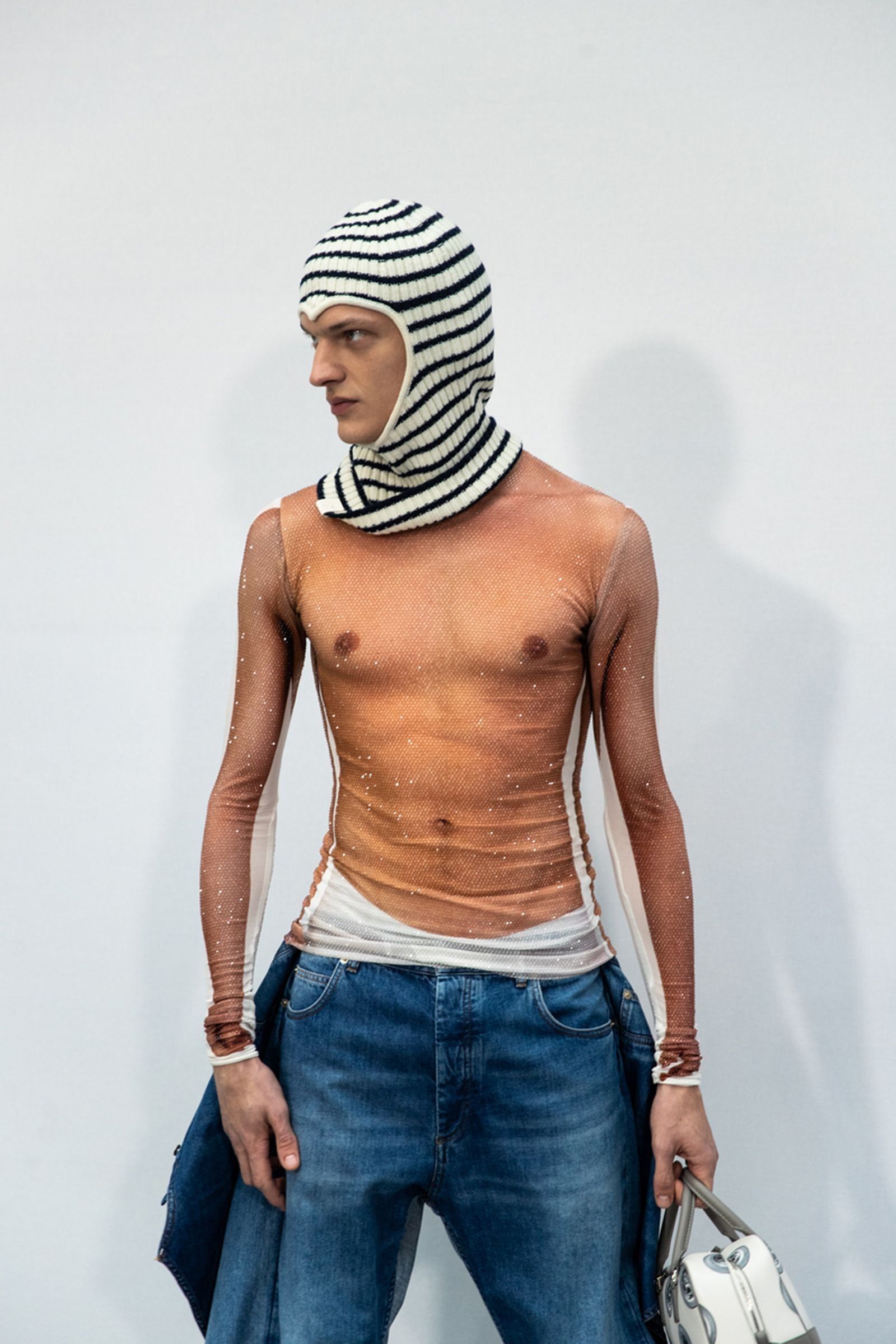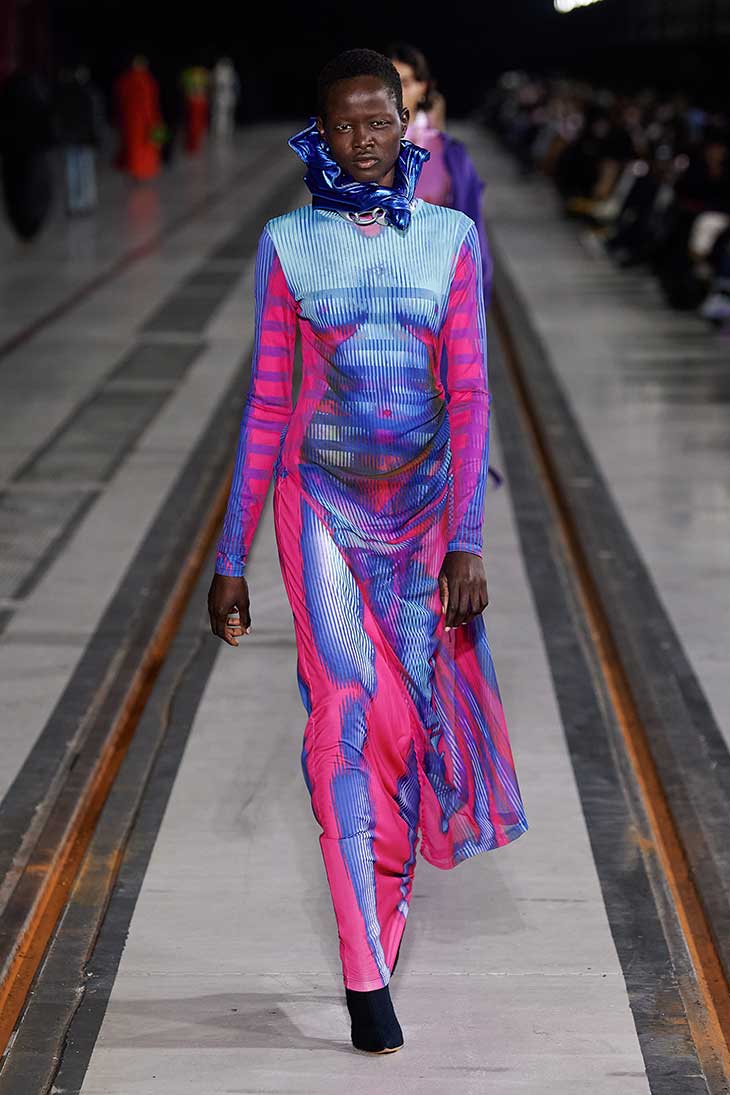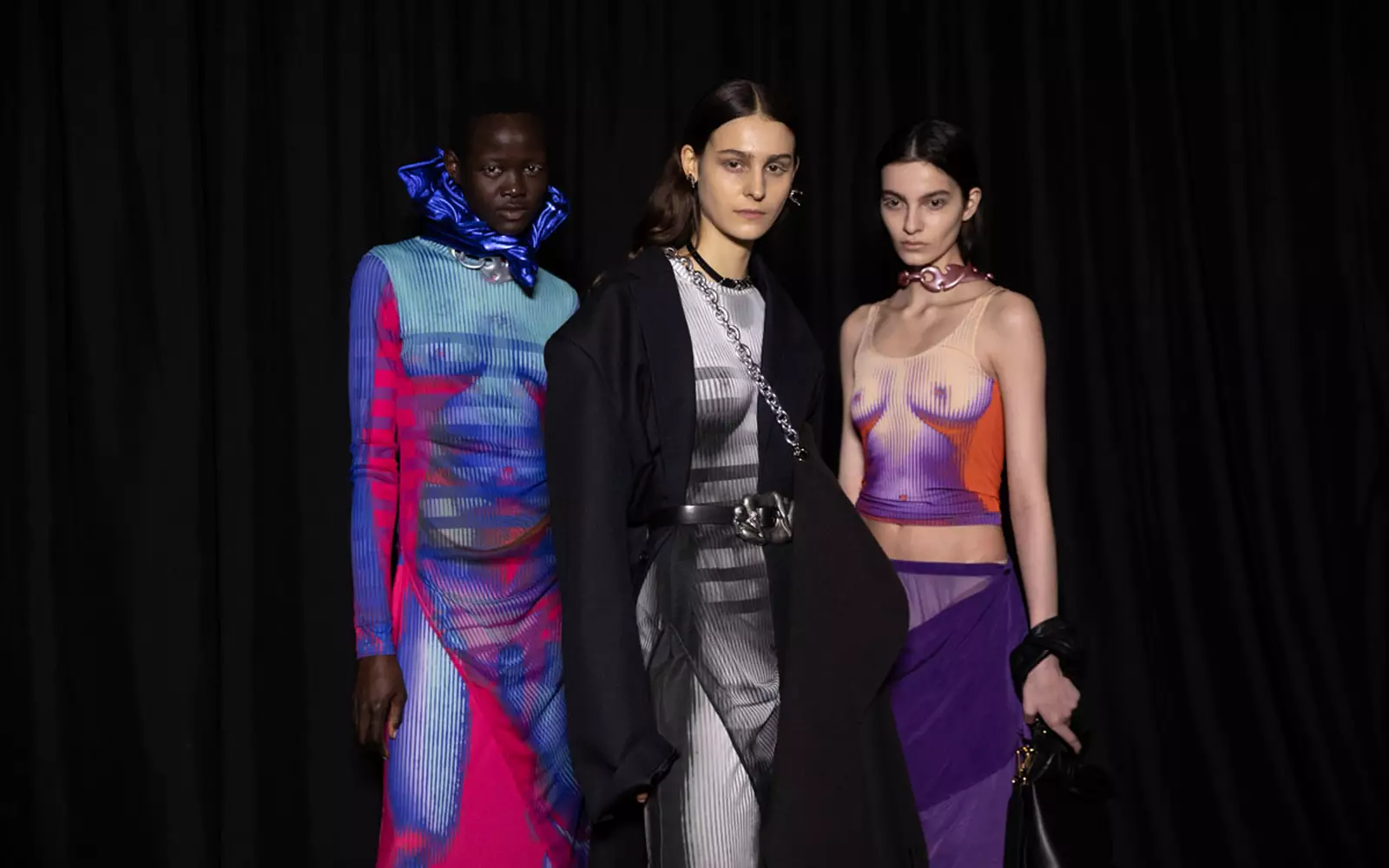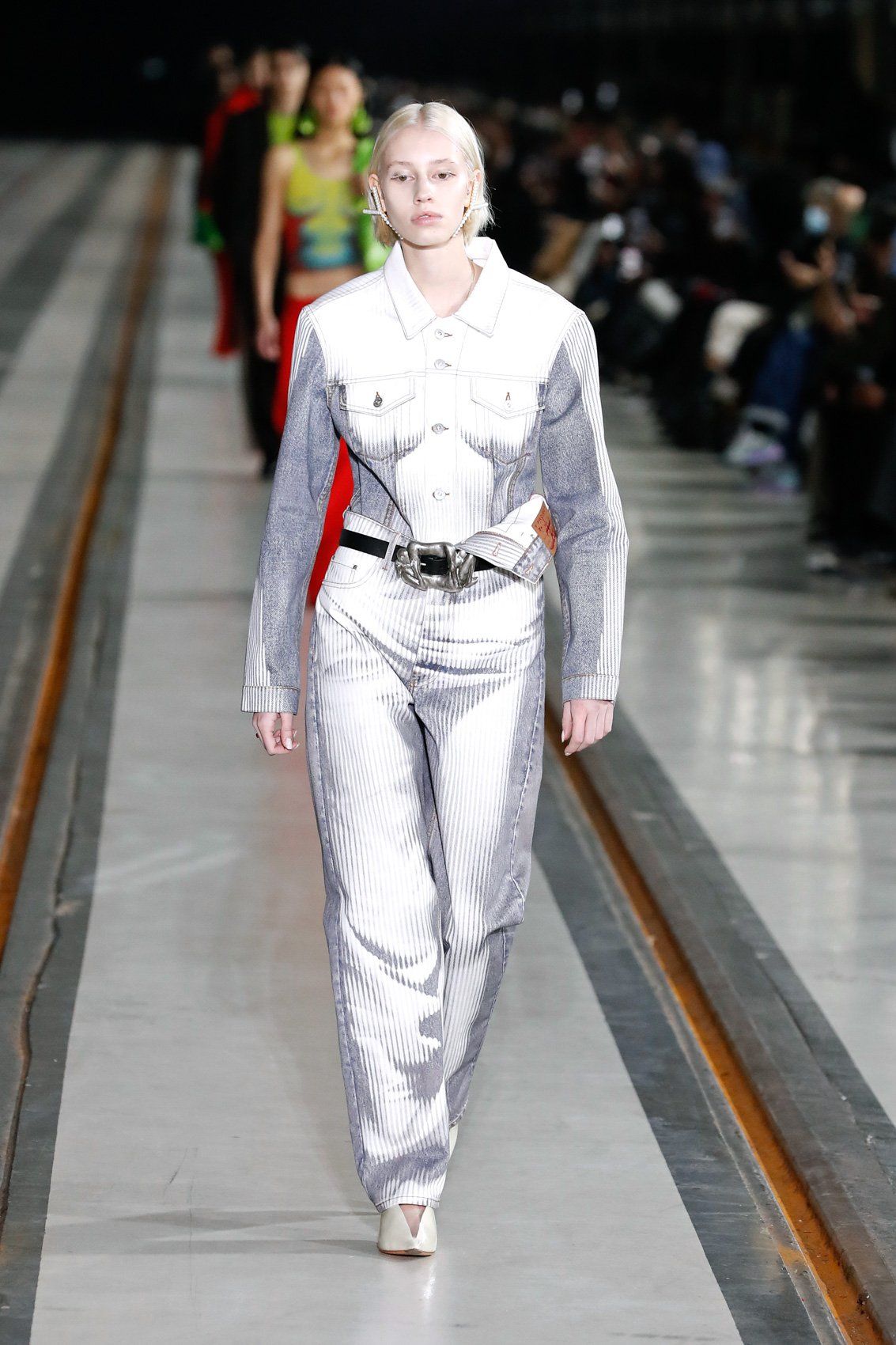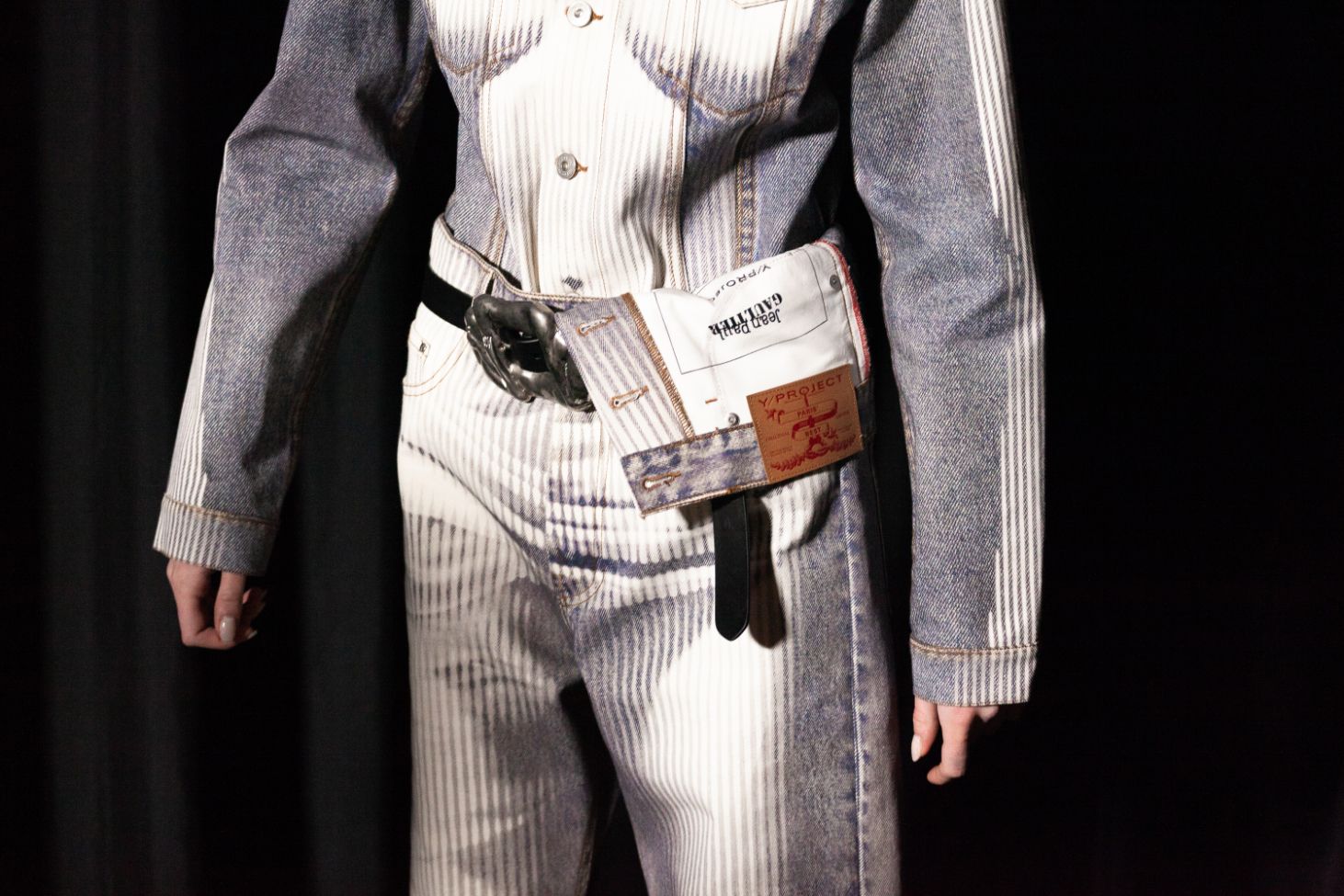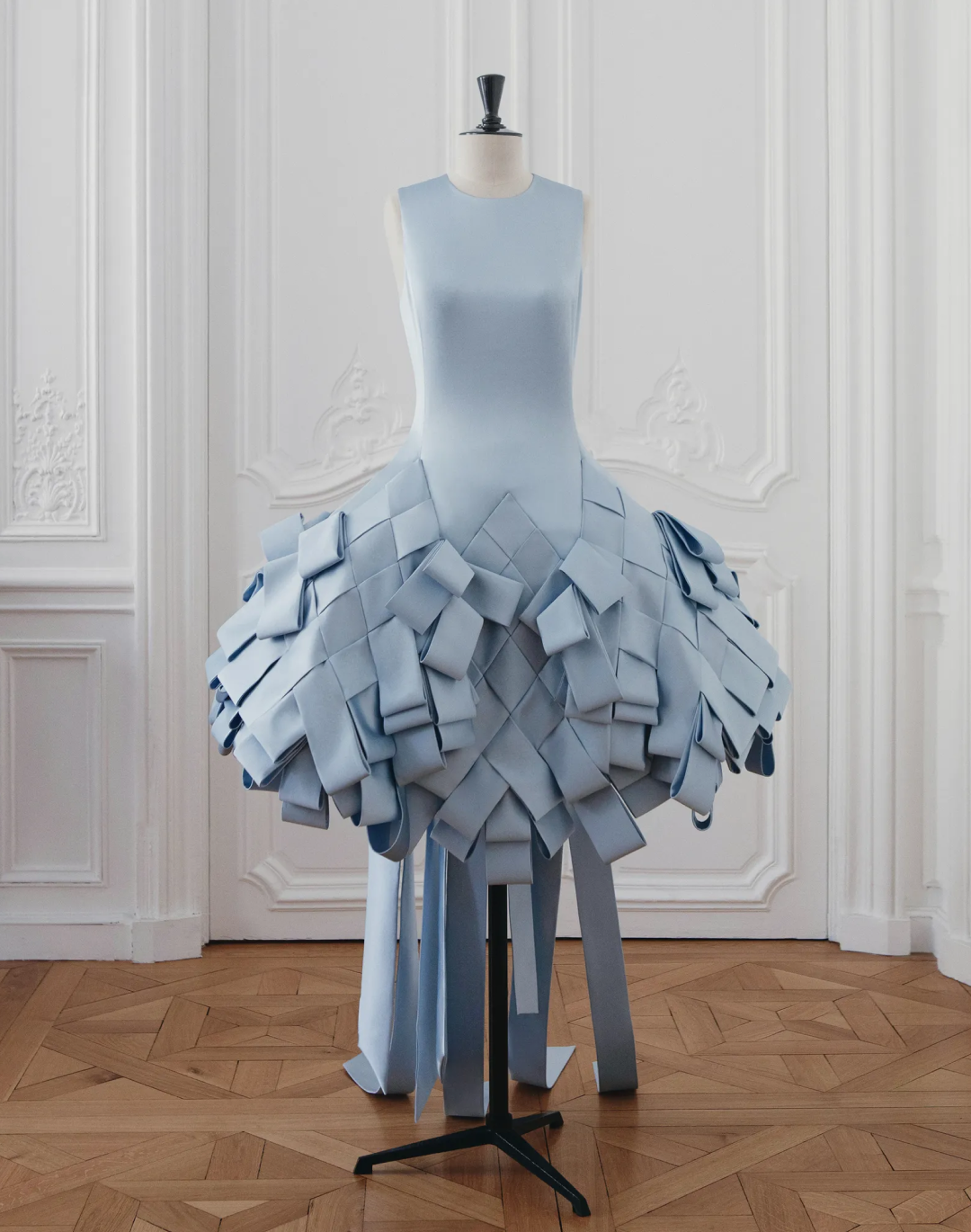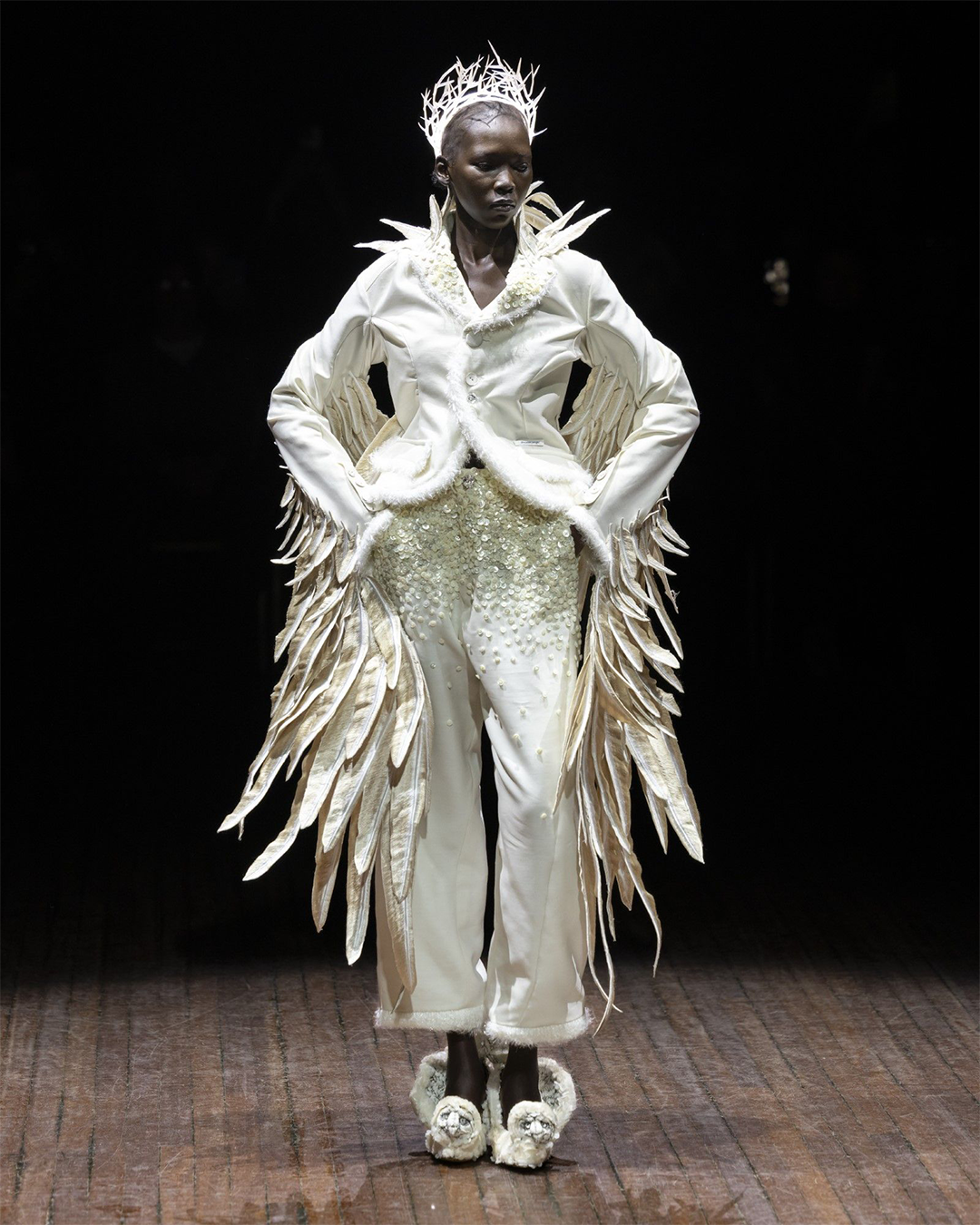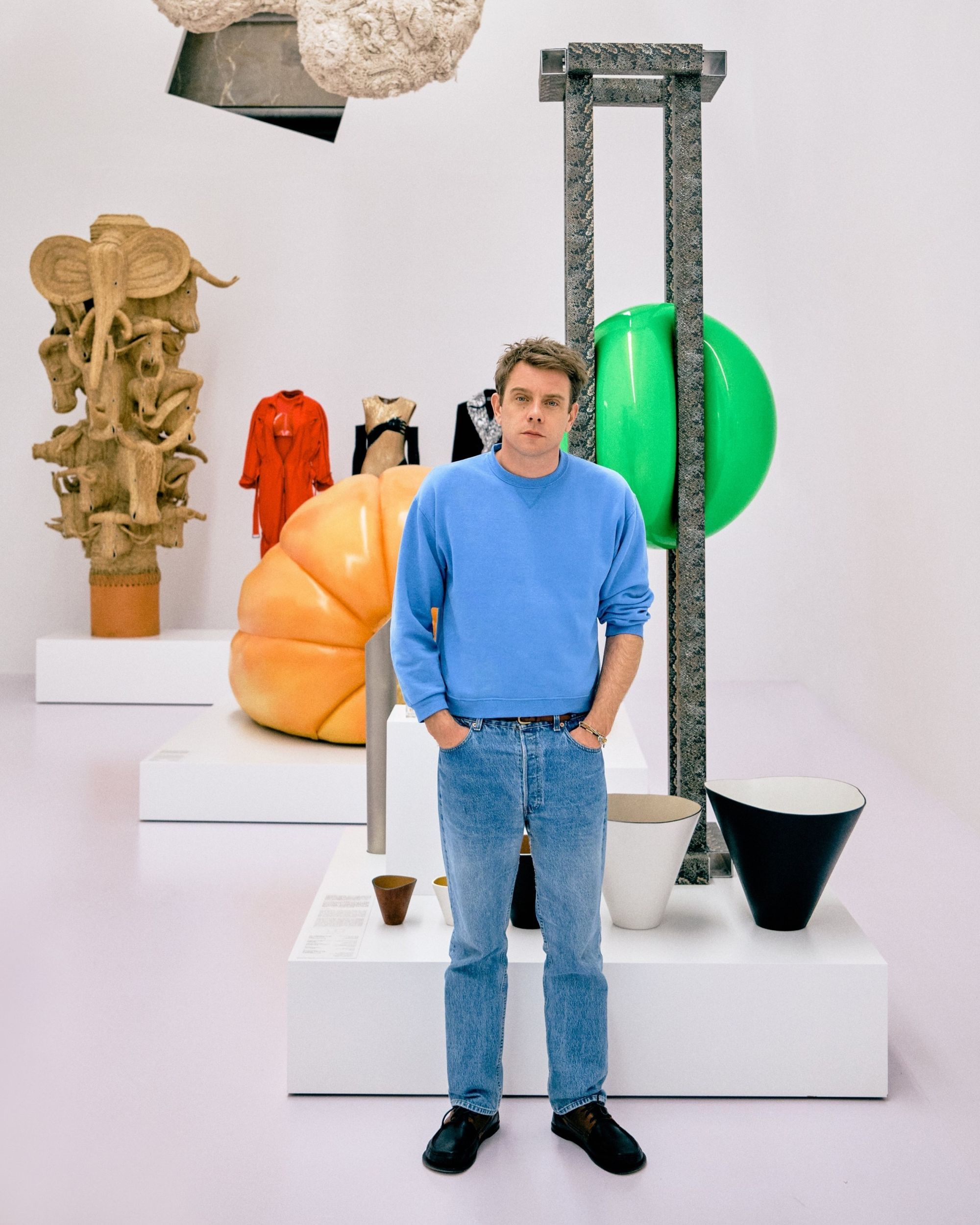
Body on body: the indiscreet charm of the naked dress Fashion's favourite optical illusion
A dress that dresses a body with a print of a nude body carries a basic contradiction, yet this is fashion's favourite optical illusion last season. Y/Project, Liza Keane, Sinead O'Dwyer, Tom Ford and Loewe have transposed eroticism through screen-printed nipples and digitally realised curves, leaving models fully dressed and finding the perfect ploy to escape the fury of any social network's censorious algorithms. The naked print has been revived in fashion over the years for a variety of reasons, and is one of the most successful examples of trompe d'oeil, an artistic technique created to create a visual effect by exploiting changes in perspective. Maison Martin Margiela, Jean Paul Gaultier, Comme des Garçons, Gucci, Fendi and Moschino, first of all Schiaparelli with its artistic crossover with Salvador Dalì and Max Hearst and Vivienne Westwood with its punk version of t-shirts with bare breasts, most brands have played with trompe d'oeil tricks, taking a more playful route than canonical fashion: Faux draped dresses and toes humorously embellishing evening shoes, but also JW Anderson's more recent 'pigeon bag'.
To trace the rise of the nude dress, we have to go back to the 1990s, when designer Jean-Paul Gaultier brought trompe l'oeil into the limelight with the avant-garde intuition of making the naked print the centrepiece of his SS96 collection, entitled Cyberbaba. Dresses and blazers overprinted, front and back, with life-size nudes, garments that challenged the boundary between clothed and unclothed, offering a socially acceptable simulacrum of nudity and that influenced all the mosaics to follow and in particular the past few catwalks. From Richie Shazam, who closed Puppets & Puppets' AW22 show in a heavy wool coat with two painted Yves Klein breasts, to Loewe, in which jersey kaftans sculpted the models' bodies with two balloons as nipple covers, and Glenn Martens' AW 22 for Y/Project, in which the female form took on psychedelic nuances.
Just as for Gaultier lines and prints were able to transform the perception of a body through perspective, for London-based designer Sinead Gorey the trompe l'oeil is the ideal ally to create technical party dresses designed for "the perfect evening". As the name suggests, Sinead's SS22 Curve-Enhancing garments are digitally printed and designed to swell around the top of the bust and shrink at waist height, playing with the aesthetic canon of the ideal female body. While Gaultier conceived his garments to improve proportions during the decade of skinny bodies and newly pre-Y2K anorexic models, Sinead designs for - or perhaps against - the BBL era, reading the canons in a reactionary way, taking the proportions of the surgery, FaceTune and dysmorphia era and taking them to the extreme. Designer Liza Keane, on the other hand, explored the idea of the dress as armour through an almost sculptural approach, in which volumes trace the body and reveal it despite the fabric. From the Freudian Slip to the Negative mini-dress - worn by FKA at the NME Awards - the garments act as a "second skin" that frees the wearer of inhibitions through a primal erotic sensibility, while maintaining a sense of elusiveness and privacy.
Born in a flourishing and creative cultural moment, the trend eludes the revival of Y2K-style sexiness through a Dada approach, playing with and deconstructing the very concept of nudity, questioning who is the subject of the gaze and who is the object. After twenty years in which designers struggled to approach the female body, often hiding it with oversized shapes and dressing it in men's clothes, perhaps to hide their inability to formulate a new aesthetic symbolism of power that did not need to draw on the male world, magazines celebrated the re-emergence of the naked body as if uncovered skin were a new trendy pattern, but without surprising anyone or enticing anyone. Can plunging necklines and short hemlines still be sensual or has the sexualisation of the media flattened their erotic charge? Does a printed nude body have the same effect as a real one? And what should this body look like, still perhaps anchored in rigid proportions? The naked dress raises the question of what is appropriate to wear, to hide or to show, and although there is no single answer, it is at least worth looking for a generational one, which is perhaps still under construction.










































